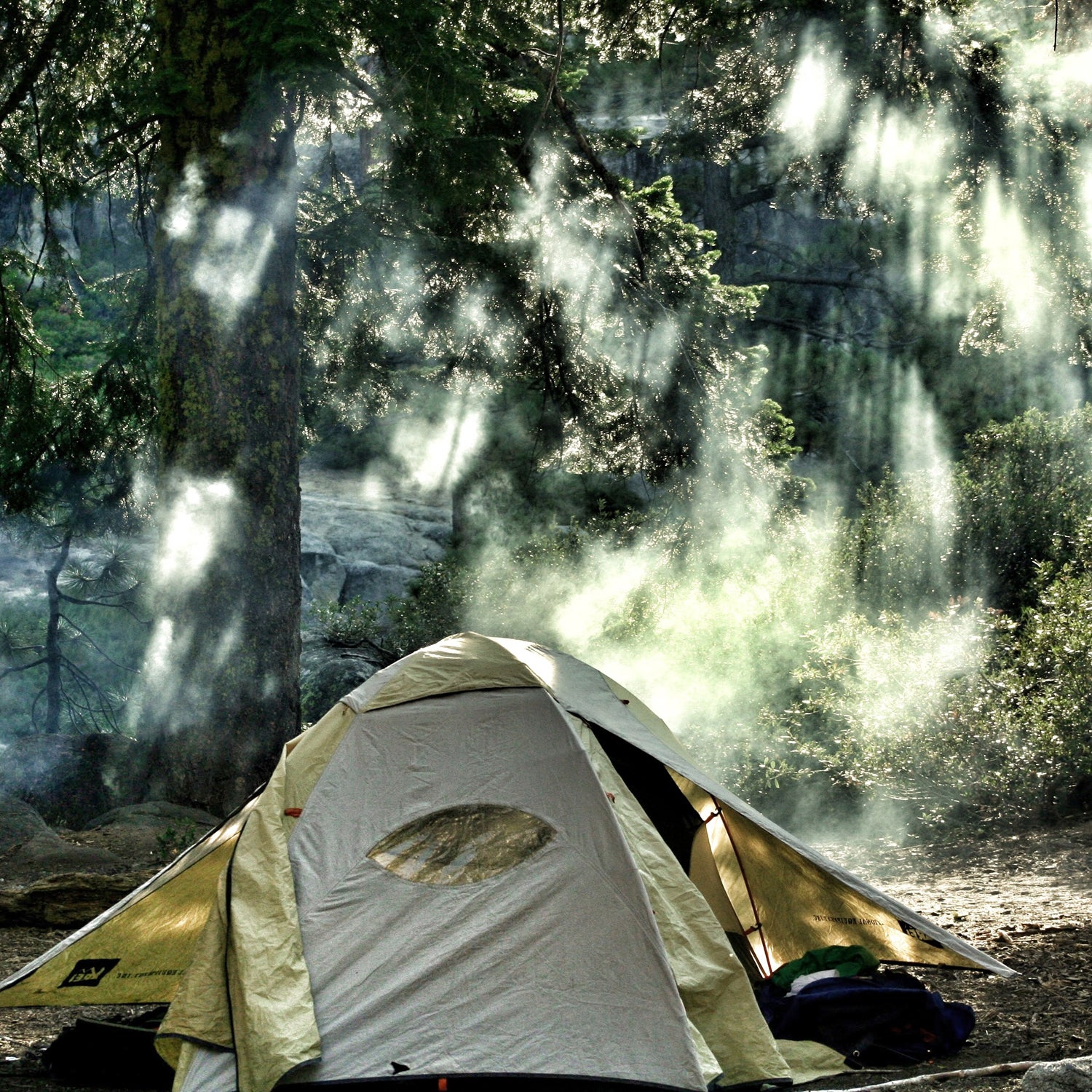You might have missed it, but last month President Obama signed into law a bill that many consider the most significant environmental legislation to pass Congress in 25 years. The Frank R. Lautenberg Chemical Safety for the 21st Century Act overhauls the Toxic Substances Control Act (TSCA), a 40-year-old statute that, in theory, empowered the Environmental Protection Agency to regulate the use of toxic chemicals in the stuff we buy. In��practice, it failed miserably.��
If you ask environmental and public health advocates what was wrong with TSCA, they’re likely to respond with another question: what wasn’t? The Environmental Defense Fund posted , but the highlights are that TSCA gave the EPA very limited powers to test chemicals for toxicity and that even when the science showed clear hazards—i.e., “this stuff causes cancer”—the agency often failed to get a ban to stick because a federal court might side with industry groups that complained the ban would hurt their business. That’s what happened when the EPA tried to ban asbestos.
The reforms allow the��EPA to evaluate the environmental and health risks that chemicals pose based only on the best available science, without having to also show a cost-benefit analysis of a proposed ban. The new law also includes an important change that can impact outdoor gear and apparel manufacturers, because while the old TSCA allowed the EPA to regulate the sale and use of discrete chemicals, it did not require it to regulate the products in which those chemicals are used. Now,��the EPA is tasked to do so, in order to limit consumers’ exposure to hazardous chemicals through the use of those products—and this is important for all manufacturers of non-consumables (products other than food and drugs, over which the FDA has purview). Gear and apparel manufacturers are actually big users of chemicals, so these new regs may impact what chemicals��go into their products.��
After setting��up their tents, campers��had 29 times as much flame-retardant��chemicals on their hands and inhaled them while in the tent.
The new TSCA could accelerate the regulation of two main groups of compounds that the EPA has been eyeing for a while: perfluorinated chemicals (PFCs) and flame retardants. PFCs play a central role in durable water repellent (DWR) coatings, which are applied to outerwear and footwear. (It’s worth noting that these represent a drop in the PFC bucket—the chemicals are also used in carpets, food packaging, upholstery and other products we use daily.)��
Perfluorooctanoic acid (PFOA), also known as C8 in reference to the eight strongly-bonded carbon atoms in its molecular structure, is a byproduct of PFC production and numerous studies have concluded it is toxic to animals and a likely human carcinogen. Flame retardants are applied to tents in compliance with fire safety requirements.��
The Outdoor Industry Association (OIA) has special working groups studying both PFCs and flame retardants. “We need to design products that meets specific performance requirements and protects users from the elements and from harm,” says Beth Jensen, OIA’s director of corporate responsibility.
But high-performance chemicals are a double-edge sword. With tents, brands are precariously sandwiched between state laws to meet flammability standards and other state laws (sometimes from the same states) that restrict the use of certain flame retardants. One class of flame retardants—polybrominated diphenyl ethers (PBDEs)—has been phased out due to their toxicity, but not much is known about their replacements (a class called organophosphates). A measured campers’ exposure to flame retardants (most of them organophosphate types) and found that after setting up their tents, they had 29 times as much of the chemicals on their hands as prior to setting them up. The test also showed the chemicals are inhaled while users are in the tent. ��
An organophosphate called TCEP is likely one that EPA will prioritize for evaluation under the new TSCA regulations, so its days could be numbered.
“We're gathering data on whether we even need to add these [chemicals],” says Jensen, noting that only seven U.S. states and Canada require the use of flame retardants in tents. “We're trying to gather data on tent fire events in Europe, versus those in the U.S. and Canada. If we see that [flame retardant] chemistry is not saving lives, we can work with the Canadian and U.S. governments to remove the requirements.”��
On the PFC front, Patagonia, Columbia, The North Face,��and other apparel brands have been researching alternatives to C8-based DWR formulations for years. The North Face eliminated C8 from its DWR last spring, while Patagonia did the same this spring. DWRs made with short-chain PFCs, based on a C6 molecule are far less toxic and are the predominant substitute,��but are not quite as effective performance-wise. The North Face says it has sourced��a non-fluorinated (PFC-free) DWR��that has comparable performance to C6, which it plans to use on 30 percent of its waterproof-breathable apparel by this coming 2017. It says none of its apparel will use fluorinated DWR by 2020.
Patagonia has invested $1 million in Beyond Surface Technologies, which is . BST’s CEO Matthais Foessel says the firm is still working on a formula that could perform as well as C8 PFCs, and does not have a launch date. Patagonia also partnered with the UC Berkeley Haas School of Business to hold in which teams of graduate students were challenged to design a PFC-free DWR.
Columbia made progress with OutDry Extreme, which still uses PFCs but not C8, and just last week it introduced OutDry Extreme Eco, a shell jacket that uses zero PFCs and which we think��performs pretty darn well. The Eco’s interior is polyester and its outer membrane is made of polyurethane combined with proprietary components.��
The Eco jacket appears to be the first high-performance and PFC-free coating in the industry, but of course it is proprietary to Columbia. Jeff Mergy, Columbia’s director of innovation, says that just keeps brands working toward a solution. “Competition breeds better products,” he says. “I’m sure our competitors are working on something right now, and that’s great for the environment and great for the industry.”
��


